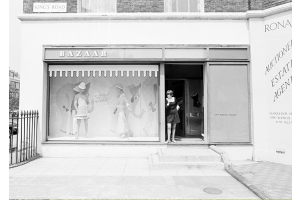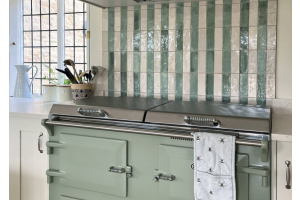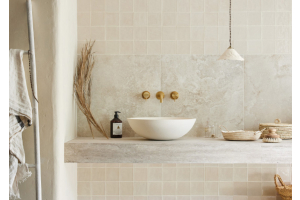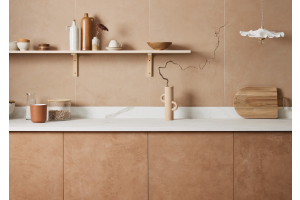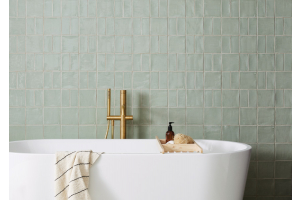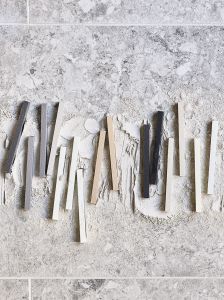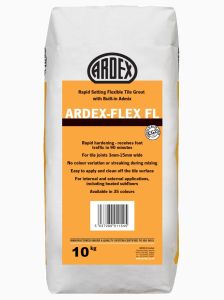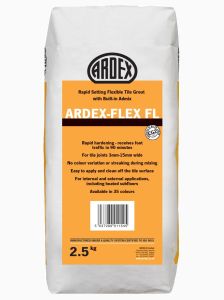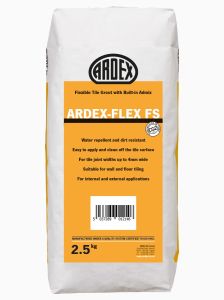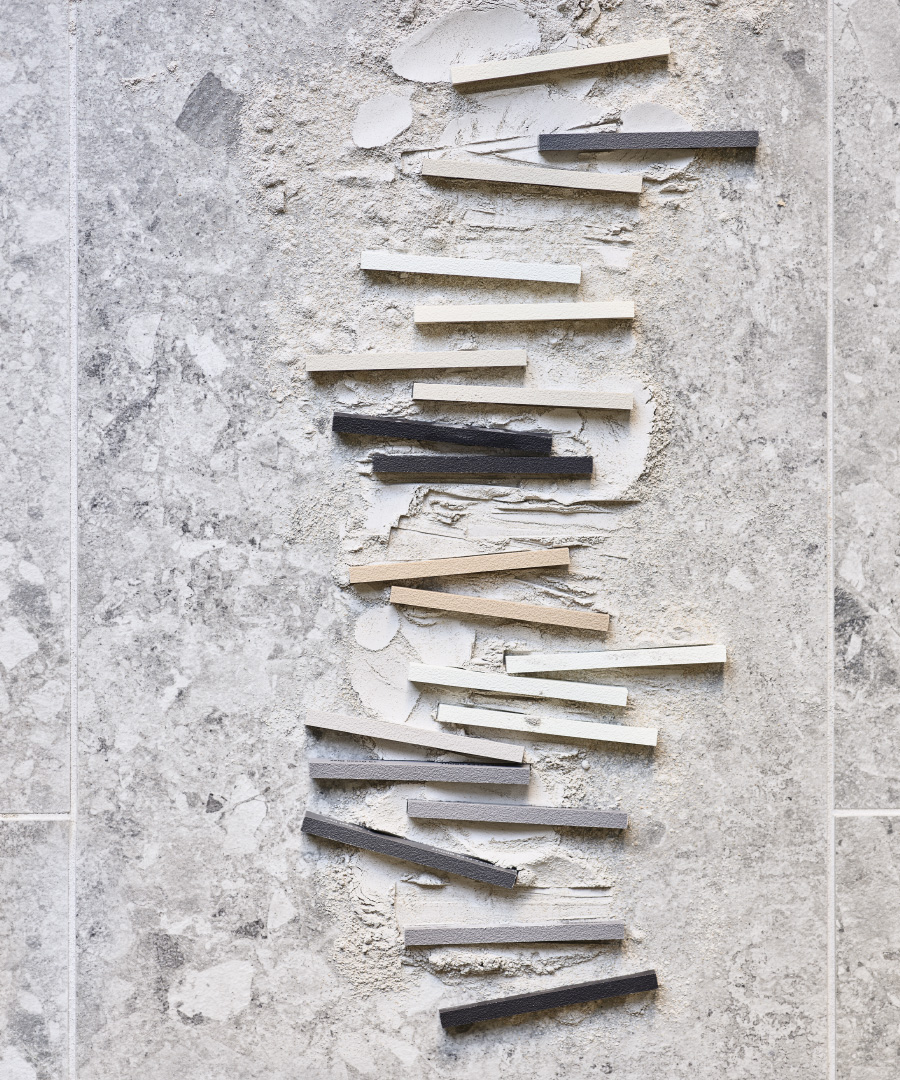
Grout Q&A
It’s not every day you take on a bathroom or kitchen refurbishment project, in fact, many of us have never done it before. Picking out new tile for your kitchen, bathroom or other space can be rather exciting. It’s easy to get caught up in looking at tile samples and the various colours, materials and patterns that are going to have a big impact in your home. What often gets overlooked or downplayed is the selection of the grout.
Having no previous experience or learning to draw upon, our customers often ask us a series of questions relating to fitting, particularly grouting. This helps them narrow down choices and to understand the context of the job at hand. Even if a contractor is carrying out the works, the purchase of product is often left to the customer, after all, it’s personal choice. So, to help make the buying process simpler, we’ve set out some of these frequent queries below, alongside some advice.
What is grout? Is it the same as adhesive?
Grout is a mixture of water, cement polymers and sand that is applied across the tiles under pressure in order to fill and seal the space between the tiles. This is commonly used in bathrooms, shower floors and on kitchen tiles, as unlike other structural pastes such as plaster or joint compound, when grout is correctly mixed and applied it forms a water-resistant seal. Essentially its task is to create a barrier so that water and other liquids cannot get to the adhesive that was used to stick them to the wall or floor. It’s not the same as adhesive which has different properties and is the compound used to stick the tiles to the wall or floor.
What colour grout should I choose?
Modern grouts come in a huge array of colours and there are number of solutions to choosing which colour, depending on the look you are hoping to achieve.
Match the grout shade closely to the tile
This works well if you want the tile to be the star of the show, rather than the type of layout, and will avoid your eye focussing in on the pattern of grout lines. This can work particularly well with more neutral or paler toned tiles and helps the overall space remain fresh. It can also help in smaller rooms to keep the colours similar as this helps the space appear larger. If you are working on a floor that requires a natural look, e.g. a porcelain that replicates stone or wood, try to match the grout or go a shade lighter. This helps unify the scheme. However, paler grout can need more cleaning if subjected to a lot of dirt, e.g. muddy teenagers or dogs. Equally, dark grout with dark tiles will create a uniform look, although the individual effect of the tiles may be lost.
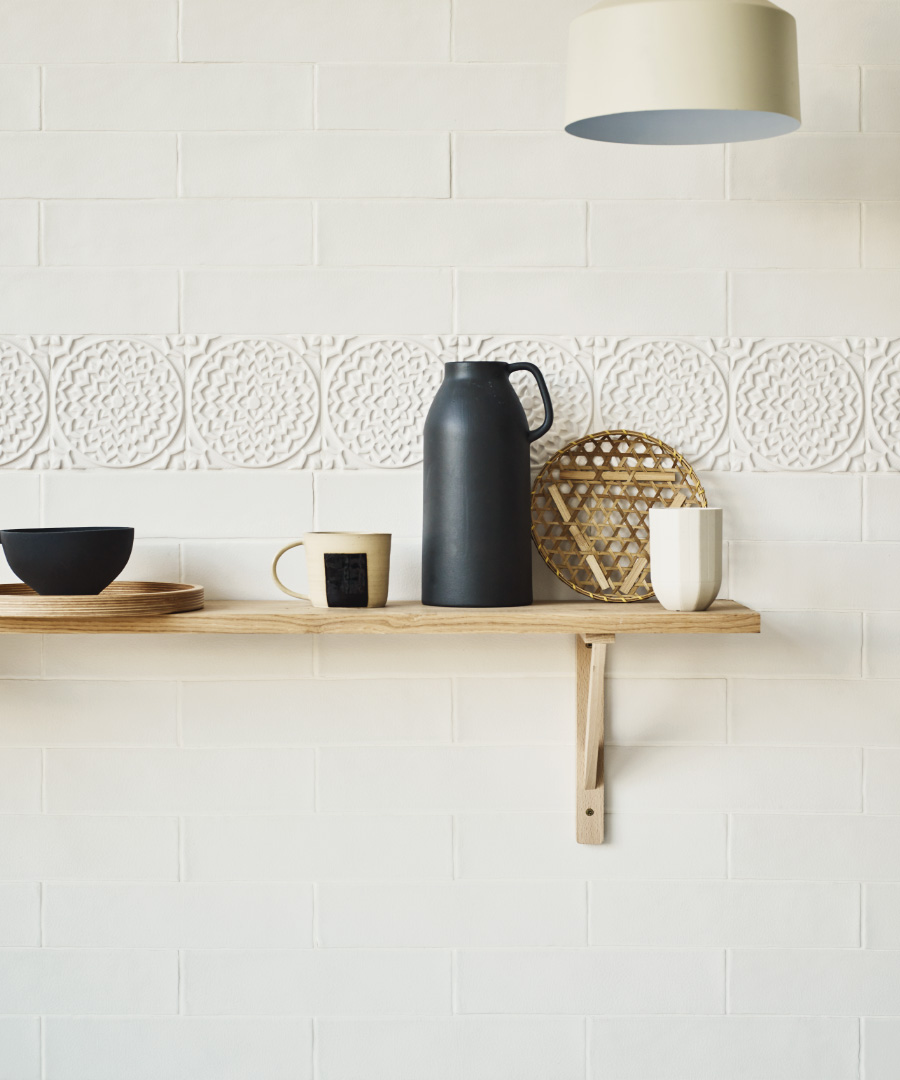 Osaka Kita tiles with White Grout
Osaka Kita tiles with White Grout
Darker grout with lighter tiles
Of course, it isn’t necessary to choose grout that matches your tile choice. Choosing darker grout with paler tiles for walls is popular to create a subway or brick wall effect, especially when laying the tiles in a herringbone or chevron pattern. Stick to grey a few shades darker than the tile if using white tiles, rather than black unless you want a sharp contrast. Grey is also a popular choice because it highlights a tile pattern, without shouting for attention; especially true for tiles in which the shape, rather than a colour or print is the main feature. This is look particularly appealing in kitchens, utility or laundry areas as it feels authentic and practical. This type of high-contrast tile scheme is also well-suited to spaces in which black and white is the dominant look. The grout brings a lot of architectural interest, so sparing use of accent colours helps keep the space from feeling overloaded.
Beware of using dark grouts on crackle glazed wall tiles, as the process of applying the grout means you will be stuck with grout caught in all of the fine crackle lines. If you decide to use a contrasting grout to your tile, be sure to use a sealer or grout release on your tile to protect your glaze. We recommend the use of LTP Crackle Glaze Protector applied in 4 coats, each one at 45 degrees to the others, so you achieve complete coverage and leaving 2hours between coats. A video showing the complete application process is available here – LTP Crackle Glaze Protector
The same applies to tiles with a matt or textured finish, as dark grout or those for fine joints down to 1mm can get caught in the surface texture, creating a shadowing/staining effect across the surface. The application of LTP EcoProTec Porcelain Tile Protector before grouting will help prevent this.
To get a reliable idea of the finished effect ask to look at grout samples (we provide examples of the these to order online) rather than relying on the colour represented on packaging or online. Grout, especially cement-based grout, can darken over time especially on floors in high-traffic areas. Darker grout, either with pale or dark tiles, is a good idea if you’re concerned about the amount of traffic your floors will take on.
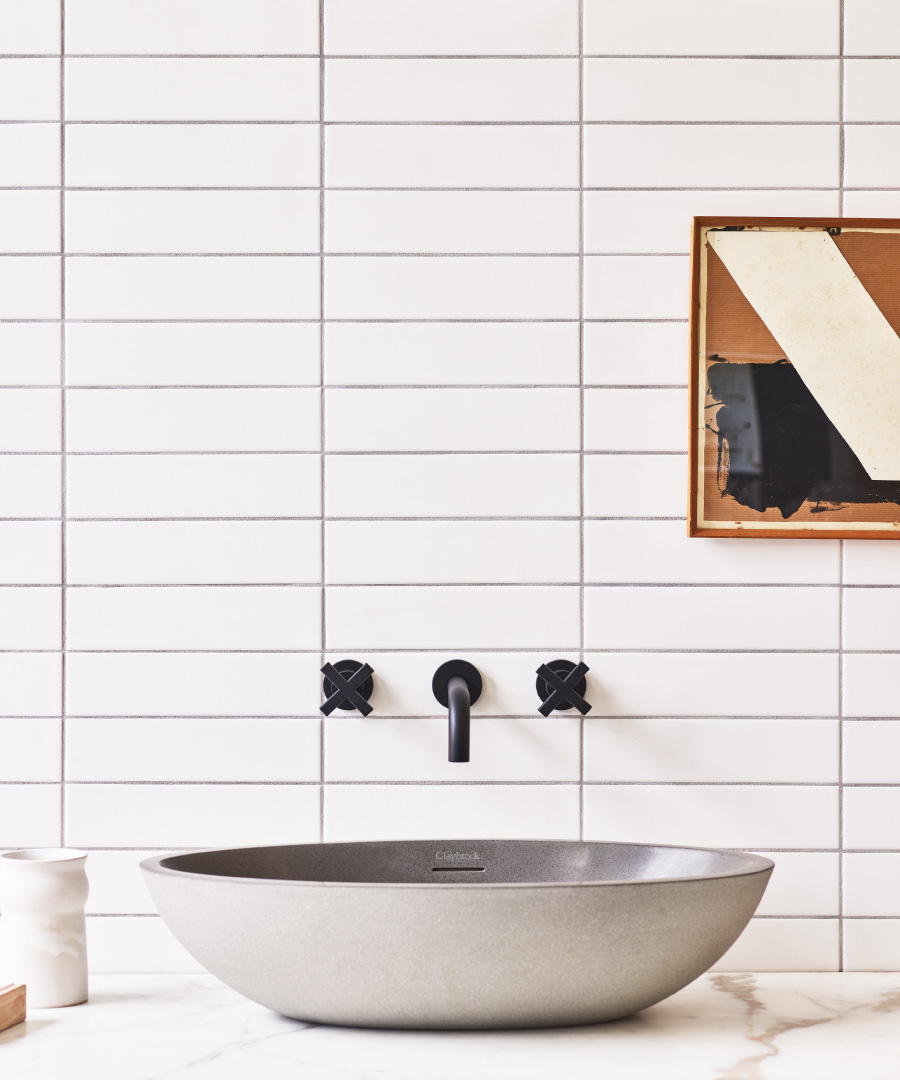 Circo Ice Cream tiles with Dove grout
Circo Ice Cream tiles with Dove grout
Using similar tones for grout and tile
If you are looking for something in between a matching and contrasting grout colour, try a neutral that is close to your tile colour. This will create a harmonious and gentler visual effect, and is particularly useful for floors which need to be visually appealing, but practical for day to day use.
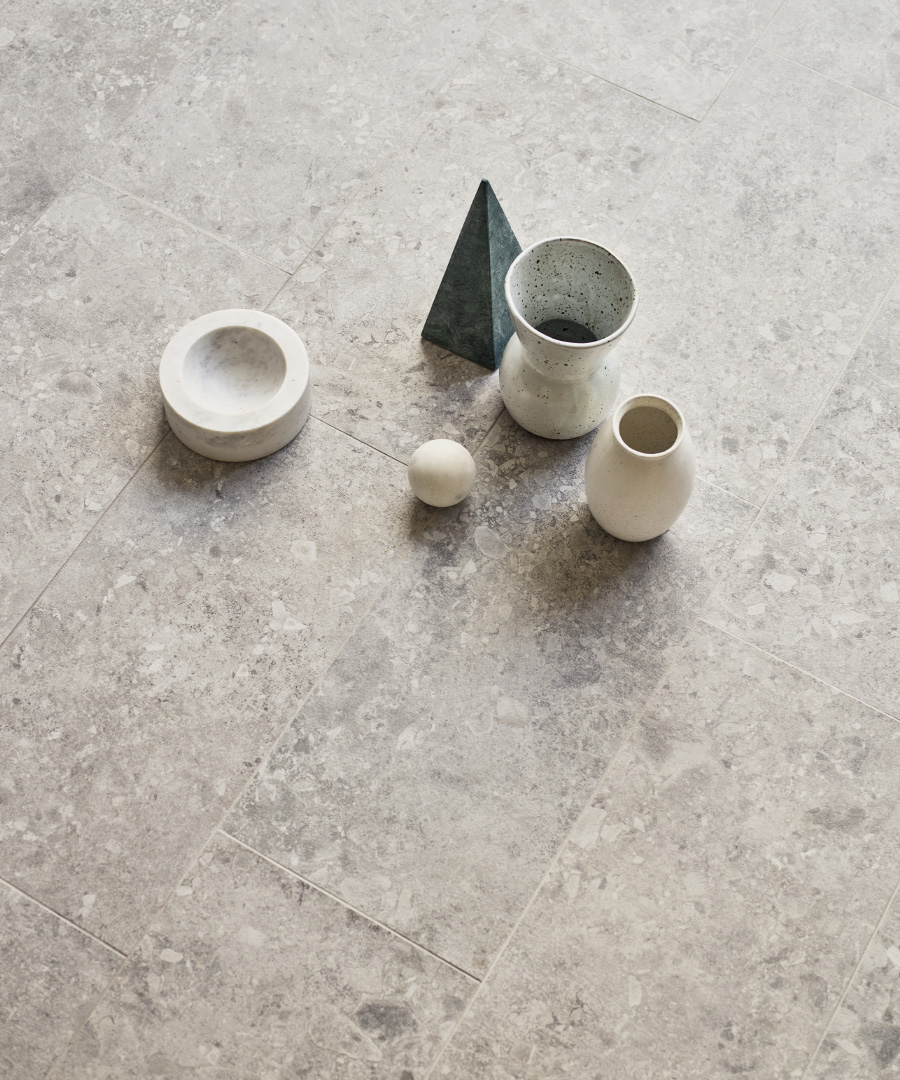 Neutra Greyish tiles with Dove grout
Neutra Greyish tiles with Dove grout
Grout with a little colour
If you like the look of grout that pops but don’t want it to be as stark as black and white, consider using a tinted grout that carries a warm or eye-catching look, instead of the usual white and grey shades. Claybrook has some lovely shades that look particularly effective with paler shades for a smart contrast, like Driftwood or Dawn.
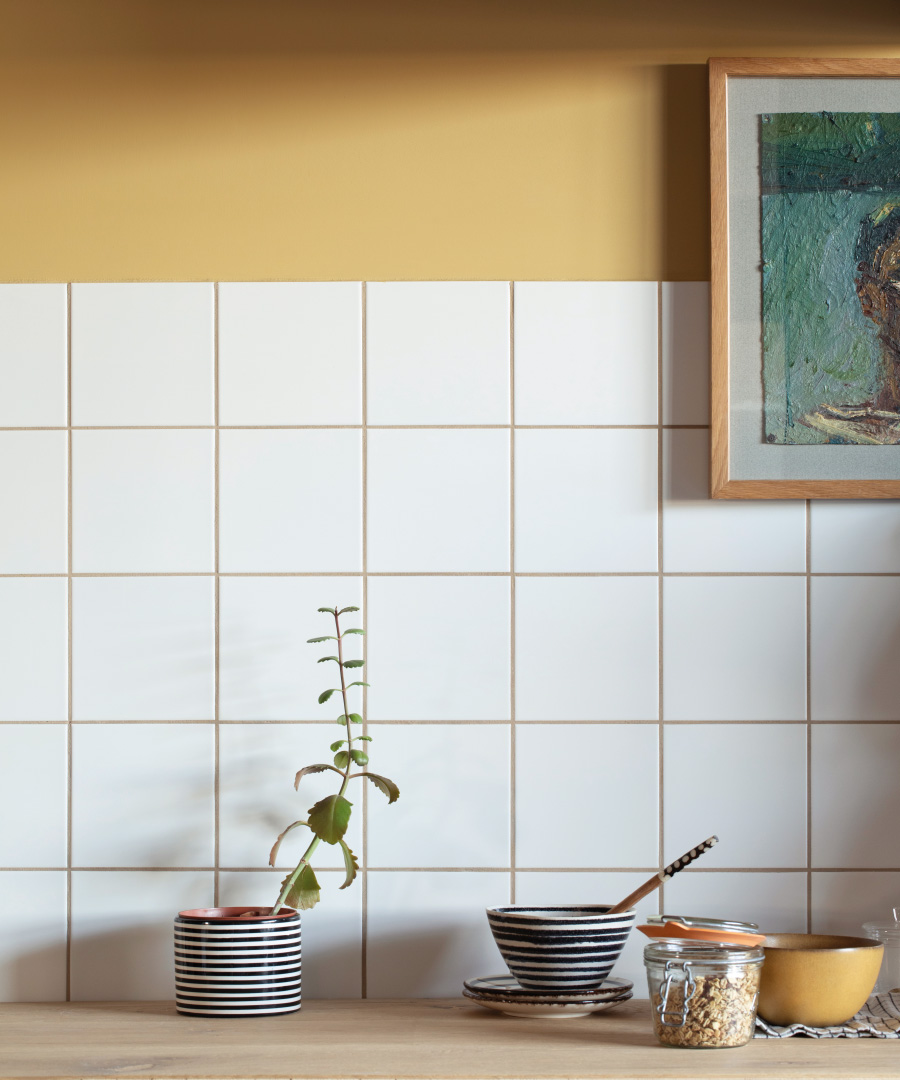 Usera Matt tiles with Driftwood grout
Usera Matt tiles with Driftwood grout
Grout texture – rough or smooth?
There are two types of grout available through our website – Ardex FL and Ardex FS grout. The Ardex FL grout is designed to work with tiles that have a grout joint of 3mm and wider, such as floor tiles and those wall tiles with a more rustic edge such as Pellezzano, Tirreni, Campinola and Potters Glaze. The Ardex FS grout is better suited to those tiles with a cleaner edge (like Splash, Metro Deco, Macron) and in particular mosaics as it is finer and has a smoother finish to get in the smaller joints.
How do I keep grout clean?
Spraying the grout joints with Fila Fugaproof once the tiling is finished and the joints are dry will give an additional level of protection that also helps with keeping them clean. Cleaning the tiles on a daily basis with a ph-neutral cleaner will clean them without stripping away any protection and for the occasional deep clean, we found that using Fila Fuganet Cleaner is an excellent product. The Fila Fugaproof would need re-applying once dry to keep the protection topped up.
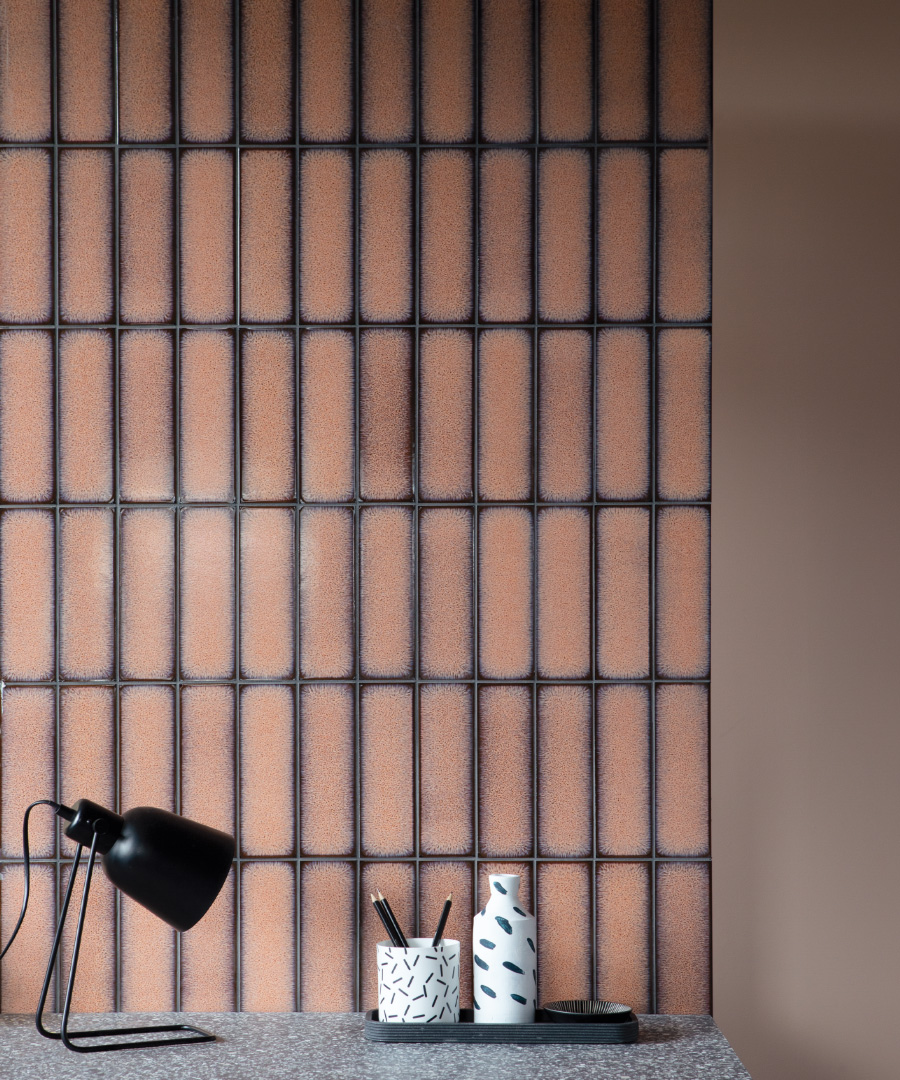
SHOP FIXING AND MAINTENANCE PRODUCTS
For advice on the best style to lay your tiles, or the best way to plan, cut or install your chosen tiles, contact our helpful Sales team or experienced Technical team at [email protected] or [email protected]

